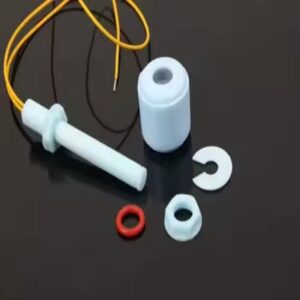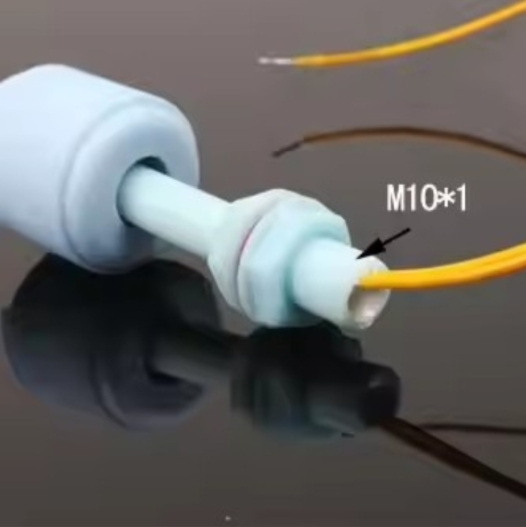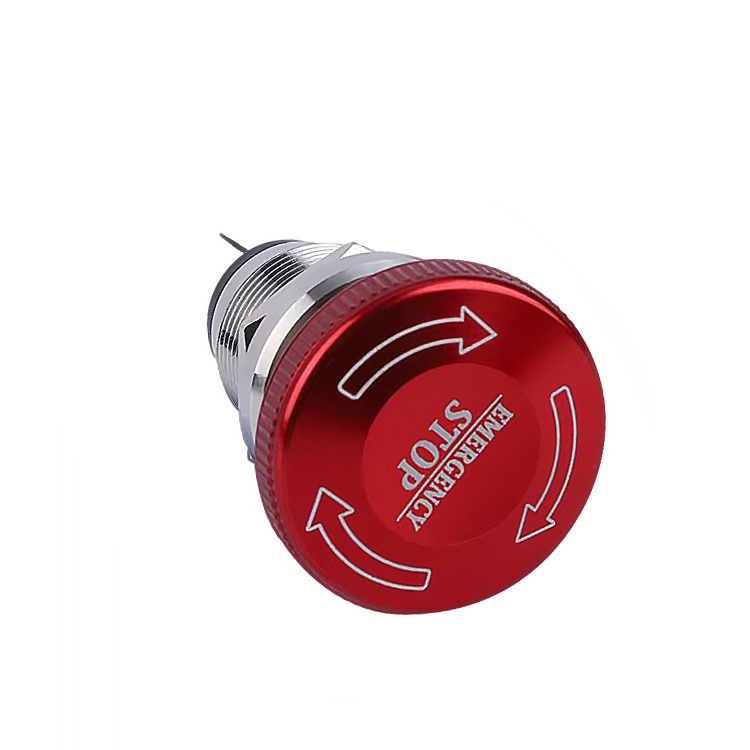Properly wiring an automatic water tank level switch is critical for ensuring reliable liquid level monitoring and control. Whether you’re managing industrial reservoirs, commercial water systems, or agricultural storage tanks, a well-installed float switch safeguards against overflows, dry runs, and equipment damage. This guide walks you through the process of connecting an Automatic Plastic Water Tank Level Switch – IP67 Electric Liquid Float Sensor to your control panel, emphasizing safety, efficiency, and compliance.

The Automatic Plastic Water Tank Level Switch – IP67 Electric Liquid Float Sensor is designed for precision and durability. Key features include:
– IP67 waterproof housing for resistance to dust, moisture, and harsh environments.
– Magnetic reed switch with NO/NC (normally open/normally closed) contacts for flexible signal output.
– PP material construction and vertical mounting, compatible with temperatures from -10°C to +85°C.
– CE/ROHS/REACH certifications, ensuring compliance with international safety standards.
This sensor is ideal for integration with pumps, alarms, and automation systems, providing real-time liquid level data to your control panel.
Step 1: Pre-Installation Preparation
Tools Required:
– Screwdrivers (flathead and Phillips).
– Wire strippers and crimping tools.
– Multimeter for continuity testing.
– UL-listed electrical cables (rated for 200VDC/1.5A).
Safety First:
– Disconnect power to the control panel and pump system.
– Verify that the tank is empty or at a safe level for installation.
Step 2: Mounting the Float Sensor
1. Positioning:
– Attach the sensor vertically to the tank wall using mounting brackets. Ensure the float moves freely without obstructions.
– For multi-level control, install additional sensors at different heights.
2. Sealing:
– Tighten the IP67-rated gland nut to secure the cable entry point, preventing water ingress.
Step 3: Wiring the Sensor to the Control Panel
1. Identify Contacts:
– Locate the NO (normally open) and NC (normally closed) terminals on the sensor.
– For pump control, NO contacts trigger activation when the liquid rises; NC contacts signal low-level alerts.
2. Connect Wires:
– Strip 6-8mm of insulation from the sensor’s cables.
– Link the NO/NC wires to the control panel’s input terminals (refer to your panel’s manual for specific terminals).
– Ground the sensor’s earth wire to the panel’s grounding point.
3. Secure Connections:
– Use crimp connectors or terminal blocks to prevent loose wires.
– Apply dielectric grease to exposed metal parts to reduce corrosion.
Step 4: Testing and Calibration
1. Power On:
– Reconnect the control panel’s power supply.
– Simulate liquid levels by manually lifting or lowering the float.
2. Verify Signals:
– Use a multimeter to confirm that the NO/NC contacts open/close as expected.
– Check the control panel’s display or indicator lights for proper response.
3. Adjust Sensitivity:
– If your system supports it, fine-tune alarm or pump activation thresholds via the panel’s software.
Step 5: Maintenance and Troubleshooting
– Monthly Checks: Inspect cables for wear, corrosion, or rodent damage. Clean the float of debris.
– Annual Calibration: Re-test continuity and signal accuracy.
– Common Issues:
– False signals: Ensure the float isn’t stuck and the magnetic reed switch is intact.
– No power: Verify connections and replace damaged cables.
Why Choose the Automatic Plastic Water Tank Level Switch?
The Automatic Plastic Water Tank Level Switch – IP67 Electric Liquid Float Sensor simplifies liquid management with its rugged design and plug-and-play compatibility. Its magnetic reed switch ensures precise, drift-free signaling, while the IP67 rating guarantees reliability in demanding environments.
Optimize Your Liquid Control System Today
For seamless integration of automatic water tank level switches into your operations, trust a sensor built for accuracy and longevity. Visit our website to explore technical specifications, compliance details, and bulk pricing options—or contact our engineering team for personalized wiring diagrams and installation support.


